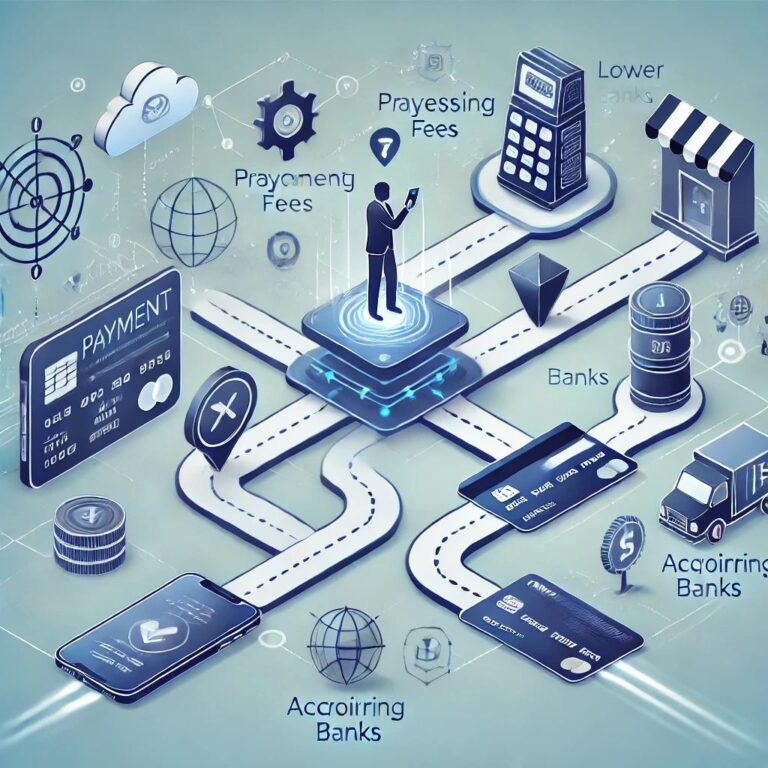The Impact of Digital Learning Platforms on Learning in Organizations
In the current fast-paced business environment, organizations are on their toes, looking for new ways to upskill their employees and maintain their competitive edge. Such training can often be ineffective, as traditional methods cannot fit the business context. Introducing digital learning platforms is a game changer, transforming how organizations conduct corporate training.
Expanding Reach of Digital Learning Platforms
Over the last few years, many digital learning platforms have emerged, expanding the options for employee development flexibly and engagingly. These systems are usually accessible online and provide a fully integrated online learning system that can be used anytime, anywhere. An integrated learning system would provide users with a knowledge base containing numerous courses, content, and imagery.
Benefits of Digital Learning Platforms
- Increasing Employees’ Involvement:
- Learning Experience Management Systems, sometimes called digital platforms, allow learners to select their modules of interest.
- Engaging Content: Video, quizzes, and simulations promote active learning.
- Gamification: Game elements can increase the enjoyment and engagement of the learning processes.
- Improved Availability and Design:
- Online Training: This feature allows employees to train regardless of their location as long as they have internet access.
- Self-Paced Learning: Learners can pace themselves when learning new skills. If time permits, they can practice during their own time.
- Mobile Learning: For mobile and more user-friendly interactive learning applications or websites.
- Better Learning Outcomes:
- Analytics and Learning Management Systems: Analysing different learners’ data and assessment results helps to find and diagnose learners’ needs.
- On-Demand Learning: Workers do not have to wait for or search for materials as they can be trained whenever the workers ask for assistance.
- Embrace Global Learning Trends: Learning platforms enable employees to adopt the habit of learning without restrictions.
- Cost-Effective Training:
- Classroom and Training Materials Costs Reduced: There are no expenses in providing a room or physical props.
- Efficiency: Greatly reduce and expand the training to an extensive number without incurring much extra cost.
- Optimization of Resources: Efficient use of available training methods, processes, and downtimes are minimized.
The Future of Corporate Training is Digital Learning or E-Learning
To maximize the capabilities of the digital learning platforms, organizations are recommended to adopt these strategies:
- Collect Critically All Learning Materials: Learning materials include other necessary artifacts, but in bulk, they should be functional, organized and categorized.
- Facilitate Employee and Team Capacity Development: Execute target insight into critical competencies and funding into relevant people skills and knowledge that are outcome-focused.
- Encourage Employee Professional Growth: Employees are prompted to grab this opportunity as they assume full responsibility for professional progress.
- Use Actionable Data: Use data analytics to assess the success of training programs and inform future training strategies.
More Advantages That Come With The Use of Digital Learning Platforms
- High Employee Retention: There’s a direct correlation between employee investment and employee satisfaction, reducing attrition.
- Higher Organizational Performance: An innovative, skilled, and knowledgeable workforce can spearhead innovation and improve productivity and profitability.
- Rapid Responsiveness: Digital learning can ensure that organizations can respond quickly to business needs and new environmental trends.
How Digital Learning Platforms Transform Corporate Training
Continuous employee learning opportunities have become crucial for most organizations in the modern, fast-paced business environment. Organizations need help finding a solution to the needs of modern businesses with manual training techniques, which are usually artificial. However, the approach to corporate training is improving with the development of digital learning platforms.
Important Aspects of This System Without the Help of an Educator
- Improved Interaction by Employees:
- Learning according to the learner’s needs: Various digital platforms can cater to a certain employee’s learning style, enhancing the experience. For instance, Arfa, a salesperson, is more likely to look for product-specific courses, whereas a software engineer may prefer technique-based training modules.
- Enhanced content to sustain students’ attention: Books, videos, quizzes, and simulation games are more exciting than traditional methods. For instance, a video explaining the new software is far more appealing than a static PowerPoint presentation for teaching a class.
- Points systems: Game point incentives are the most useful tool for encouraging employees to learn. For instance, a learner can earn points by taking a course and badges for achieving milestones.
- Flexibility in Living Arrangements:
- E-learning: If there is network coverage, employees can access training modules regardless of their geographical location. This is important for employees working from home or with flexible schedules.
- Self-Paced Learning: The learners can learn in their own time and schedule training between their activities. This helps them juggle work, babies, and other household duties.
- Mobile Learning: Platforms compatible with mobile devices help users learn anytime. This is particularly beneficial for field workers or anyone who is always on the go.
- Enhanced Learning Outcomes:
- Data Analytics: Monitoring learner engagement and relevant performance indicators can highlight areas for refining strategies. For instance, the system can suggest supplementary materials or a coach if a learner has difficulties in a specific subject area.
- Just-in-Time Learning: Employees can obtain suitable training materials when needed, which means they are equipped with the knowledge and skills to execute their tasks.
- Continuous Learning Culture: Harnessing digital platforms’ power can initiate an organization’s ‘culture of learning’. By easily making appropriate materials available, organizations can appeal to employees’ desire for professional growth.
Conclusion
The conclusion is that the adoption of digital learning platforms presents a paradigm shift in corporate training, equipping organizations with the arsenal of a skilled, empowered talent pool. Such platforms open new avenues for businesses, fostering innovations and sustainable development.


